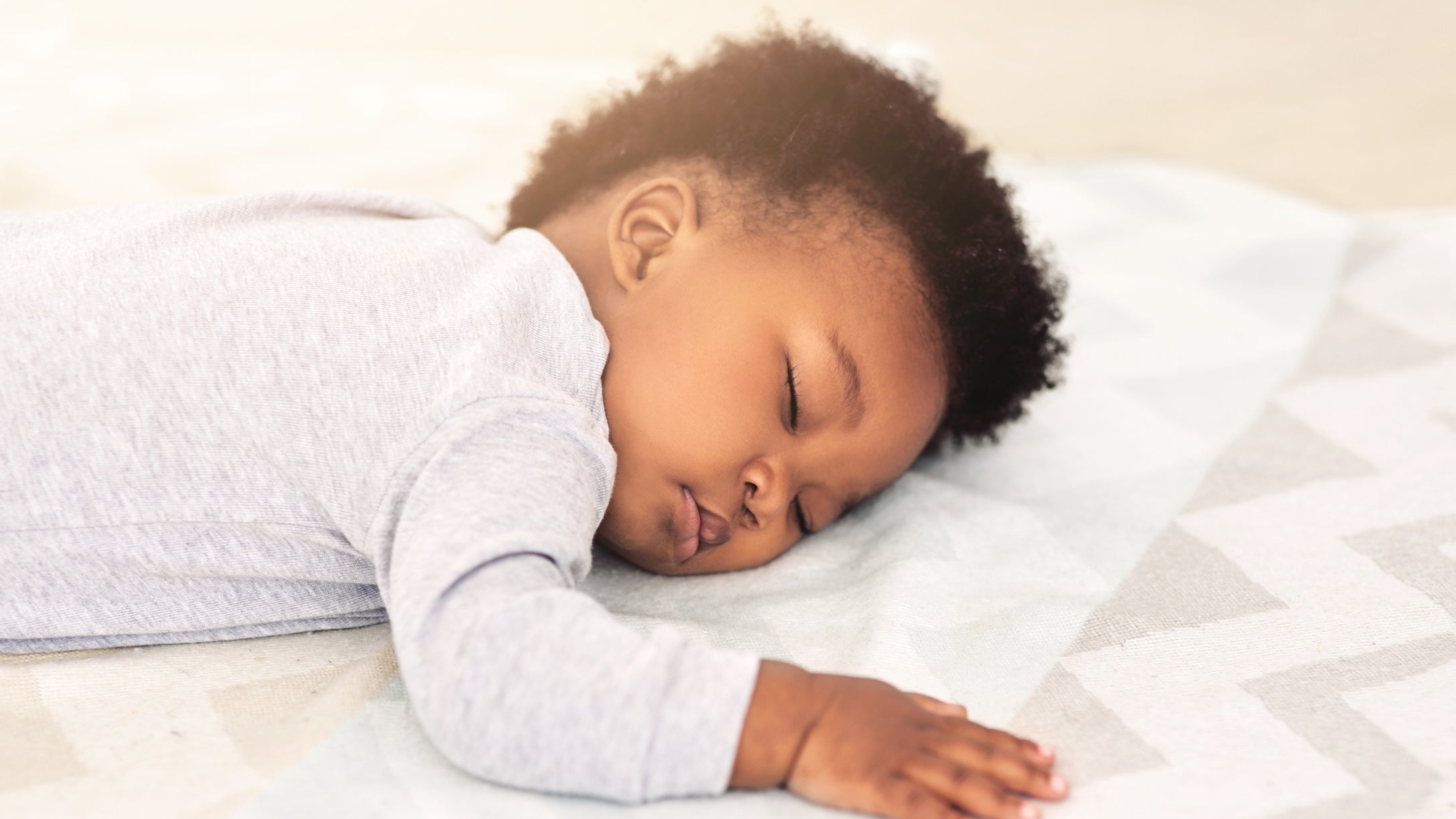When Can Babies Start Sleeping on Their Stomachs
on Nov 09, 2023
As a new parent, one of the most essential aspects of your baby's well-being is ensuring they get a safe and restful night's sleep. While it's common knowledge that babies should be placed on their backs to sleep, you may wonder when it's safe for your little one to start sleeping on their tummy. In this blog post, we'll explore the guidelines and considerations surrounding tummy sleep for babies.
Back to Sleep
The "Back to Sleep" campaign, initiated by the American Academy of Pediatrics (AAP) in the early '90s, drastically reduced the incidence of Sudden Infant Death Syndrome (SIDS) by encouraging parents to place their infants on their backs to sleep. This remains the safest sleeping position for babies under one year of age, and it's recommended for the entirety of the first year.
When Can Babies Start Sleeping on Their Tummies?
While back sleeping is the recommended position for infants, there are circumstances when babies can sleep on their tummies:
-
Tummy Time: Starting from birth, supervised "tummy time" while the baby is awake and alert is encouraged. This helps babies develop their neck and upper body muscles and can be incorporated into their daily routine.
-
Rolling Over: Most babies start rolling over on their own between 4 and 6 months of age. Once your baby can roll from their back to their tummy and vice versa, it's generally considered safe for them to sleep in the position they roll into.
-
Consult Your Pediatrician: Always consult with your pediatrician before making any changes to your baby's sleep position. They can provide guidance specific to your baby's development and needs.
-
Developmental Milestones: Keep an eye on your baby's developmental milestones. When they can confidently lift their head, push up on their arms, and turn their head from side to side, they may be more comfortable and safe sleeping on their tummy.
Creating a Safe Sleeping Environment
If your baby is old enough to sleep on their tummy, ensure you create a safe sleeping environment:
-
Use a Firm Mattress: Ensure your baby's crib or bassinet has a firm mattress with a fitted sheet.
-
Remove Loose Bedding: Keep the crib free of loose bedding, pillows, stuffed animals, and bumper pads.
-
No Smoking or Co-Sleeping: Avoid smoking around your baby, and never share a bed or sleep surface with your baby if you or your partner smokes.
-
Monitor Room Temperature: Keep the room at a comfortable temperature and avoid overdressing your baby.
-
Stay in the Same Room: The AAP recommends room-sharing (but not bed-sharing) with your baby for at least the first six months to reduce the risk of SIDS.
While back sleeping is the safest position for infants, there may come a time when your baby is ready to sleep on their tummy. It's crucial to follow your pediatrician's guidance and monitor your baby's developmental milestones. By creating a safe sleep environment, you can help ensure that your little one sleeps soundly and safely as they grow and develop.
